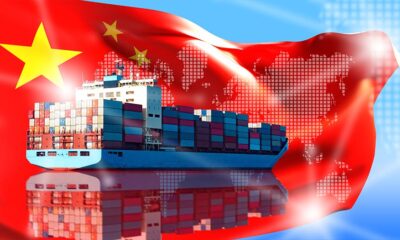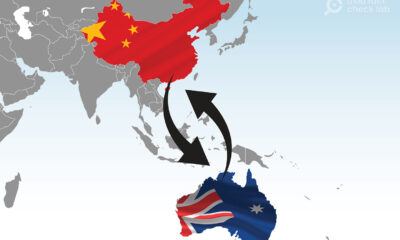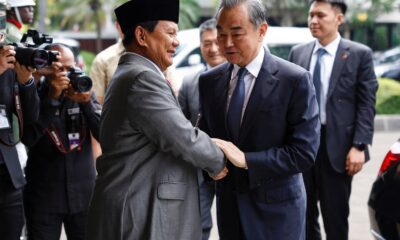Trade
Prospects for the United Kingdom’s CPTPP accession
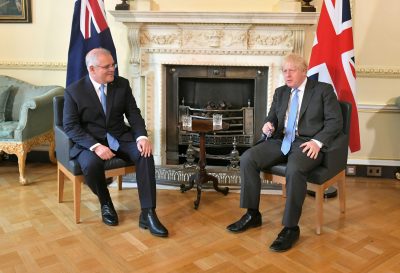
Author: John Harley Breen, Dublin
The United Kingdom is in discussions to join the Comprehensive and Progressive Agreement for Trans-Pacific Partnership (CPTPP), with UK trade officials stating that rapid progress on talks could see London acceding to the 11-member trade bloc in 2022.
The United Kingdom’s decision to join CPTPP falls under the UK government’s ‘tilt’ towards the Indo-Pacific — a cornerstone of the ‘Global Britain’ agenda. The Global Britain agenda seeks to rebalance UK foreign policy and to pursue independent trade opportunities shaped by national security concerns, while offsetting the economic costs of Brexit. London believes that CPTPP membership will address some of these concerns while offering economic benefits.
Acceding to the CPTPP demonstrates London’s deepening engagement and support for like-minded governments in the Indo-Pacific through a bloc committed to trade liberalisation. Since departing from the European Union, the United Kingdom has undertaken significant diplomatic investments in the region, secured dialogue partner status with ASEAN and deployed a range of naval assets, including a Carrier Strike Group in 2021.
On the economic front, London has signed a new free trade agreement with Australia, rolled over EU trade deals with Canada, Chile, Japan, Mexico, Vietnam and Singapore, and secured a trade agreement in principle with New Zealand — all of whom are CPTPP members.
More broadly, CPTPP accession falls under an overarching UK trade interest to ensure respect for World Trade Organization (WTO) rules. London’s membership may have the potential to transform the trade bloc into a global trading system that could revitalise or replace the WTO. The combined economic heft of an expanding CPTPP would increase the bloc’s credibility and force ideologically opposed economies to engage with members on their own terms.
But UK accession to the CPTPP is more about short-term political expediency than economic benefits and this will likely have implications for relations with its major trading partners, while undermining domestic support for London’s Indo-Pacific tilt.
Joining the CPTPP follows the UK government’s narrative that Brexit allows the United Kingdom to implement its own independent trade policy. But rather than set its own trading standards, UK accession to CPTPP will require that London accept the rules and standards already agreed to by existing members. Japan, one of the United Kingdom’s strongest supporters for joining CPTPP, has underscored this as a condition for new applicants.
China’s application for CPTPP membership complicates matters. Amid debate over Beijing’s intentions and the likelihood of accession, China could exploit anxieties that UK membership weakens the CPTPP as a regional trade vehicle. Beijing has influence considering the seven-country overlap between the Regional Comprehensive Economic Partnership and the CPTPP. Beijing’s application is likely to expedite London’s accession, but CPTPP members will likely insist on full compliance with existing rules to demonstrate a high threshold for membership.
It is unclear how accession to the CPTPP would further UK economic opportunities when London has secured, or is close to securing, trade agreements with the trade bloc’s largest members. Better deals on market access for services are more likely obtained through bilateral deals than the existing services concessions under the CPTPP.
UK accession risks regulatory divergence with the European Union in key export sectors such as industrial and agricultural goods. This is problematic as the European Union remains the United Kingdom’s largest trading partner, accounting for 42 per cent of all UK exports and 50 per cent of all UK imports in 2020. Trade with CPTPP members accounted for only 8 per cent and 7 per cent of all UK exports and imports respectively during the same period.
To be fair, UK accession will provide longer-term benefits should the CPTPP expand, particularly in terms of shaping future trading regimes and the accelerating shift towards a transnational digital economy on the back of COVID-19. CPTPP members in Asia welcome UK accession due to the attractiveness of improved access to one of the largest services markets in the world, access to which would help these countries modernise their economies. Their views are already reflected in the UK–Singapore digital trade agreement and Hanoi’s letter of intent on digital collaboration with London.
But while the CPTPP may offer rewards down the line, the United Kingdom’s…
Trade
Fixing fragmentation in the settlement of international trade disputes
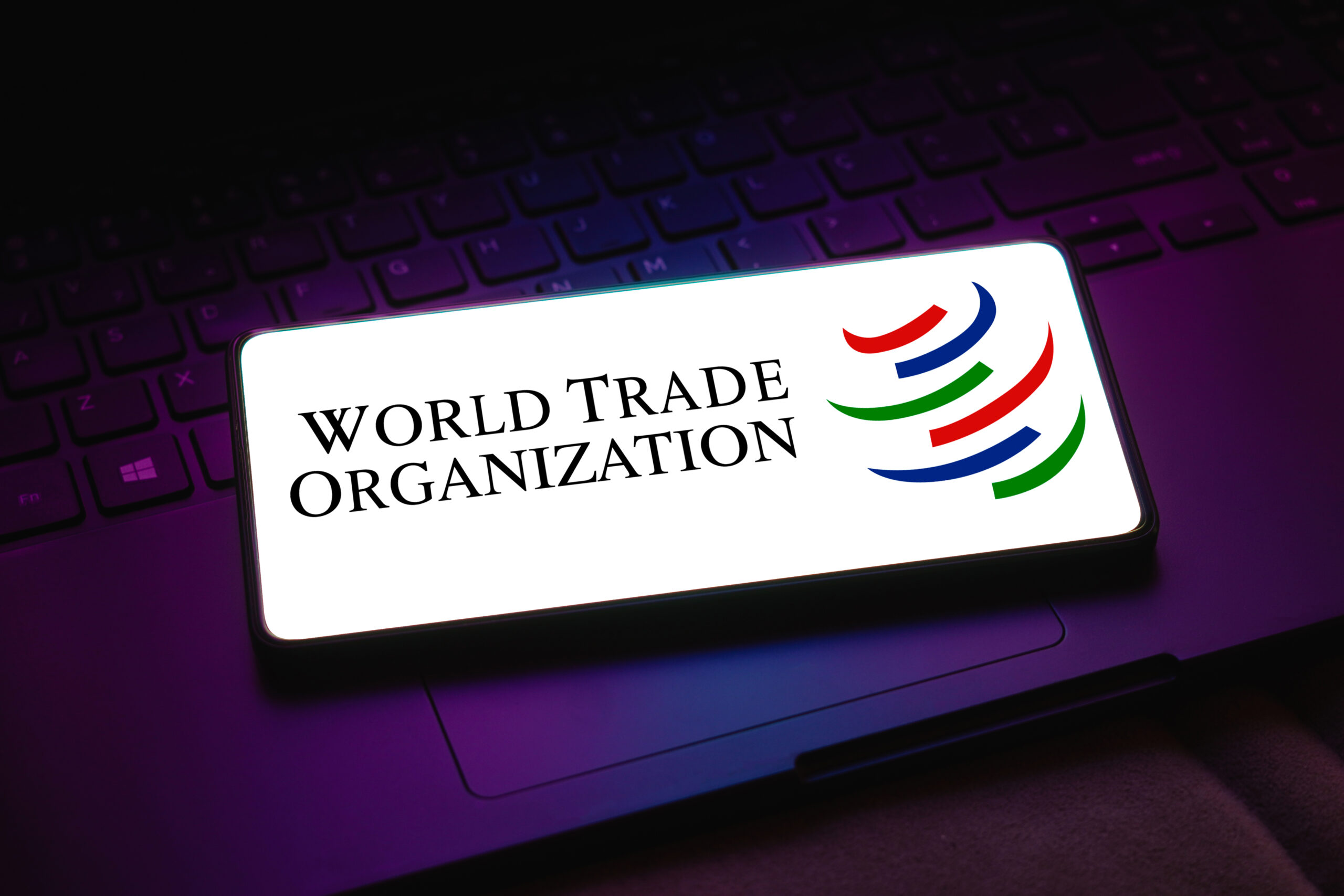
Fragmentation in global trade due to the lack of development in multilateral trade rules at the WTO has led to an increase in FTAs. The Appellate Body impasse has further exacerbated fragmentation, requiring a multilateral approach for reform.
Fragmentation in Global Trade
Fragmentation in global trade is not new. With the slow development of multilateral trade rules at the World Trade Organization (WTO), governments have turned to free trade agreements (FTAs). As of 2023, almost 600 bilateral and regional trade agreements have been notified to the WTO, leading to growing fragmentation in trade rules, business activities, and international relations. But until recently, trade dispute settlements have predominantly remained within the WTO.
Challenges with WTO Dispute Settlement
The demise of the Appellate Body increased fragmentation in both the interpretation and enforcement of trade law. A small number of WTO Members created the Multi-Party Interim Appeal Arbitration Arrangement (MPIA) as a temporary solution, but in its current form, it cannot properly address fragmentation. Since its creation in 2020, the MPIA has only attracted 26 parties, and its rulings have not been consistent with previous decisions made by the Appellate Body, rendering WTO case law increasingly fragmented.
The Path Forward for Global Trade
Maintaining the integrity and predictability of the global trading system while reducing fragmentation requires restoring the WTO’s authority. At the 12th WTO Ministerial Conference in 2022, governments agreed to re-establish a functional dispute settlement system by 2024. Reaching a consensus will be difficult, and negotiations will take time. A critical mass-based, open plurilateral approach provides a viable alternative way to reform the appellate mechanism, as WTO Members are committed to reforming the dispute settlement system.
Source : Fixing fragmentation in the settlement of international trade disputes
Trade
WTO ministerial trading in low expectations and high stakes
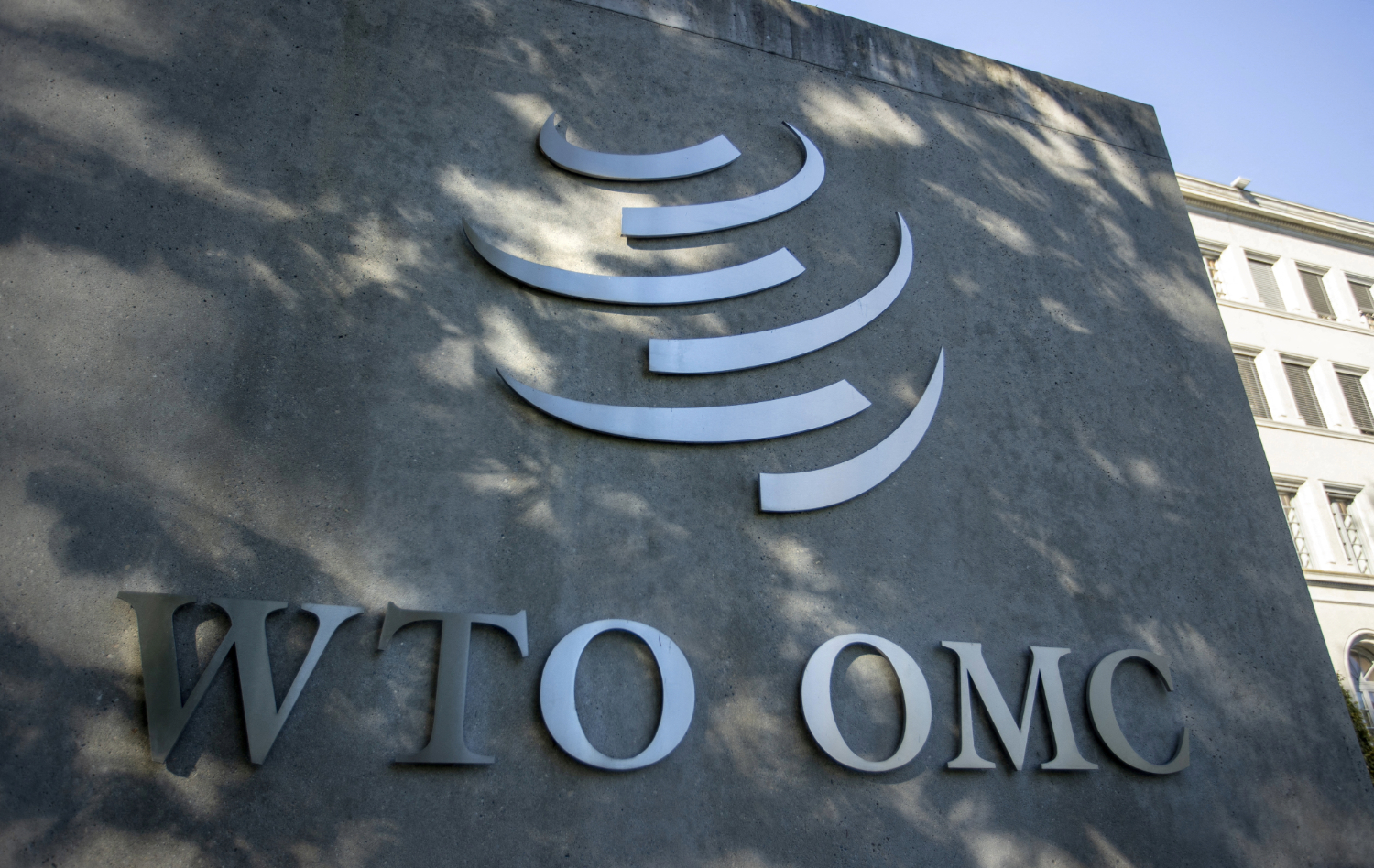
The WTO’s 13th Ministerial Conference is set to focus on e-commerce transparency, investment facilitation, and admitting new members. However, progress may be hindered by disputes, especially regarding fisheries subsidies.
The World Trade Organisation’s 13th Ministerial Conference
The World Trade Organisation’s (WTO) 13th Ministerial Conference is set to take place in Abu Dhabi on 26–29 February, with expectations of deals on electronic commerce transparency, investment facilitation for development, and the admission of Timor Leste and the Comoros as WTO members. Despite these positive developments, the expectations are relatively modest compared to promises made at the 12th Ministerial Conference, which included addressing fisheries subsidies and restoring a fully functioning dispute settlement mechanism by 2024.
Challenges in Dispute Settlement and Agricultural Trade Reform
However, challenges remain, especially in the deadlock of dispute settlement since December 2019 due to a US veto on the appointment of Appellate Body judges. Progress in restoring the dispute settlement mechanism has stalled, and discord continues regarding India’s grain stockholding policy as a potential illegal subsidy. Restoring a fully functioning dispute settlement mechanism hinges on addressing US concerns about perceived bias against trade remedies in relation to China’s state subsidies.
Geopolitical Tensions and the Future of Trade Relations
The likelihood of reaching agreements amid geopolitical tensions between Western democracies and China appears slim, with issues surrounding subsidies and global supply chains causing rifts in trade relations. As nations focus on self-reliance within the global value chain, opportunities for trading face obstacles. Advocacy for open markets and addressing protectionist sentiments remains crucial for fostering resilience to external shocks and promoting economic growth.
Source : WTO ministerial trading in low expectations and high stakes
Trade
Getting Vietnam’s economic growth back on track
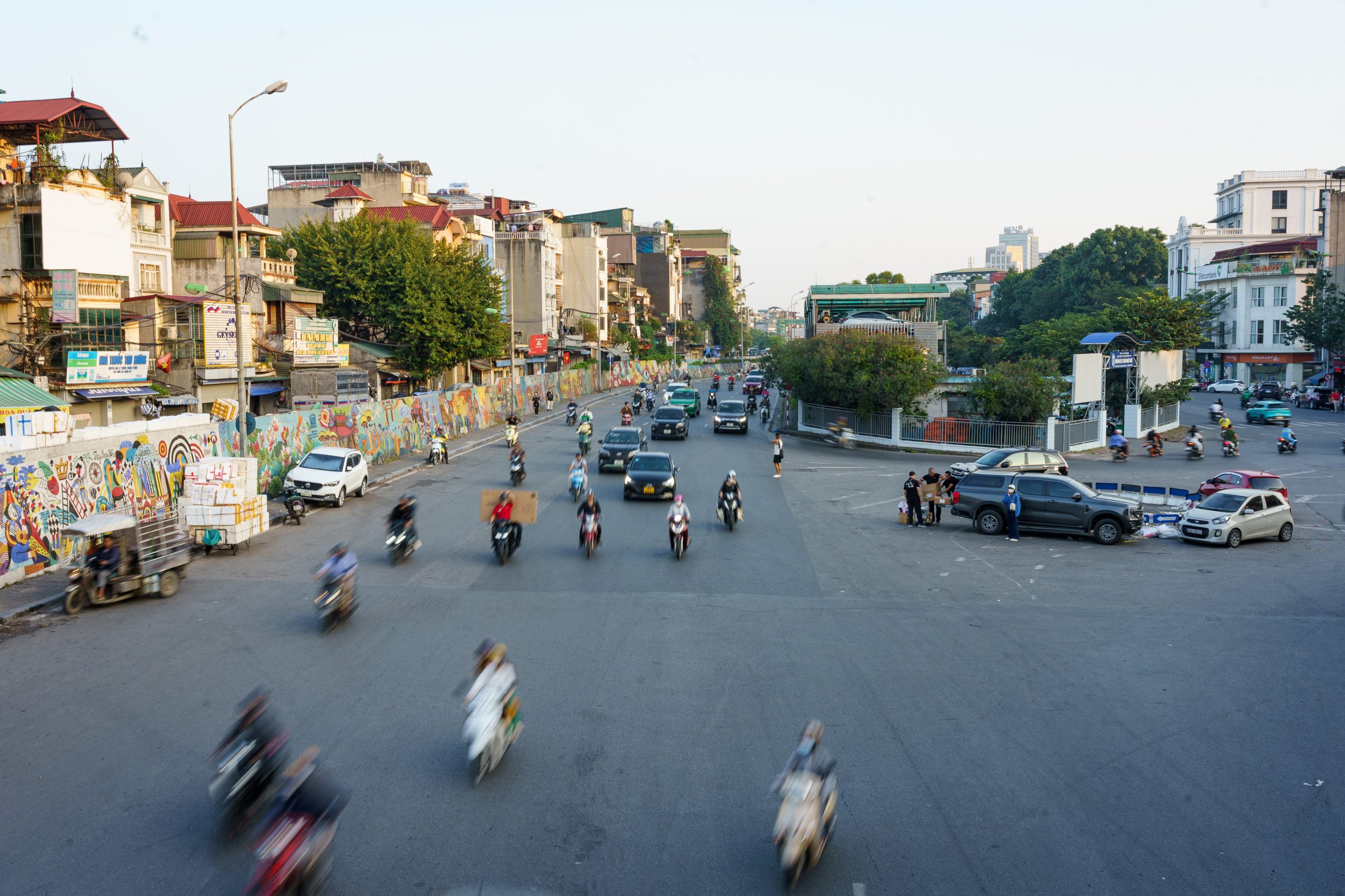
Vietnam’s economy grew 8% in 2022 but slowed in 2023 due to falling exports and delays in public investments. The economy’s future depends on structural reforms and reducing dependency on foreign investment.
Vietnam’s Economic Roller Coaster
After emerging from COVID-19 with an 8 per cent annual growth rate, Vietnam’s economy took a downturn in the first half of 2023. The drop was attributed to falling exports due to monetary tightening in developed countries and a slow post-pandemic recovery in China.
Trade Performance and Monetary Policy
Exports were down 12 per cent on-year, with the industrial production index showing negative growth early in 2023 but ended with an increase of approximately 1 per cent for the year. Monetary policy was loosened throughout the year, with bank credit growing by 13.5 per cent overall and 1.7 per cent in the last 20 days of 2023.
Challenges and Prospects
Vietnam’s economy suffered from delayed public investments, electricity shortages, and a declining domestic private sector in the last two years. Looking ahead to 2024, economic growth is expected to be in the range of 5.5–6 per cent, but the country faces uncertainties due to geopolitical tensions and global economic conditions.

